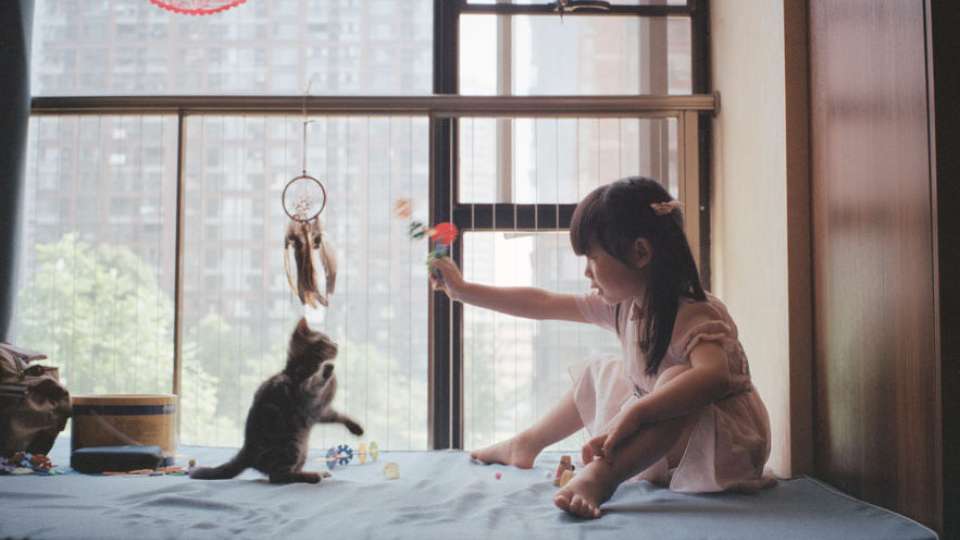
You’ve childproofed your home room by room. But there’s one potential hazard that you may have underestimated or altogether missed—a window.
About 3,300 children 5 and younger are treated each year in hospital emergency rooms after falling from a window. Every summer, 40 to 50 of those children are treated at the Pediatric Trauma Center at Harborview Medical Center.
“Twenty-five percent of kids we see who’ve fallen from a window end up in our intensive care unit and a significant number leave with some disability,” says Dr. Brian Johnston, chief of pediatrics at Harborview Medical Center.
Window falls are not just a problem for those children who live in high rises; in fact most occur from modest heights. They happen within a nanosecond, not due to a lack of supervision but due to a toddler’s propensity for hands-on exploration. Put a hand—or a bottom—against a screen, and it may well pop out.
You probably don’t want to stifle your child’s exploratory play since it’s such an important part of how they learn. Fortunately, there are a number of things that you can do at home to protect your child from window falls.
Keep windows closed and locked when not in use
Your windows get most of their mileage in spring and summer. That means that the habit of closing and locking them may not be as ingrained as other safety habits that you do year-round, like buckling your seat belt or locking the front door.
Come sunshine season, create a new routine of closing and locking windows when you’re no longer using them—before you leave the room.
Don’t expect a window screen to support the weight of a child
Window screens are good at keeping annoying little multi-legged flying things out of your house, not at keeping kids in.
"If you would be concerned about your kids' safety near an open window without a screen, you should treat it with the same respect when a screen is present," says Johnston.
Install child safety window guards or window locks
Window guards. Window guards screw securely into the side of a window frame. Most models feature bars that are no more than 4 inches apart—a width that allows for airflow but prevents your little Houdini from getting out.
Industry standards developed by the Consumer Product Safety Commission ensure that guards are strong enough to prevent falls but can be opened easily by adults in the event of a fire.
Window stops. Window stops are devices that prevent your window from opening more than four inches—the width deemed adequate to prevent even grandmaster wrigglers from getting out. These store-bought devices can be much less expensive than window guards, and many windows are now sold with them built in.
Like window guards, window stops are designed to allow adults to override them in case of the need for a quick exit.
Open double hung windows from the top
A double hung window is the type where both sashes in the window frame move up and down. (On a single hung window, the top sash is fixed in place and does not move.)
Open double hung windows from the top down for the same ventilation and far less risk of a fall.
Keep areas in front of windows free and clear of objects
Climbing is an important stage in the development of your child’s motor skills, but it can lead to trouble when the mountain scaled is actually the bookshelf just next to the window.
“Toddlers live in the here and now and they just don’t interact with their environment in the same predictable way that adults do,” says Johnston.
While the need to remove large climbable pieces of furniture is intuitive, lighter objects that are stackable (piles of laundry, anyone?) can also create a hazard.
“There’s one thing you can count on with kids, and, especially, toddlers: Their next move is impossible to predict. You’ve got to prepare for that as best you can,” says Johnston.
The bottom line
“Since testing limits is a natural part of a child’s development, I wouldn’t recommend relying on rules or supervision alone to keep your child away from the window,” says Johnston. "Start by making the windows themselves safer."

 Healthy ideas for your inbox
Healthy ideas for your inbox





